Picture Books
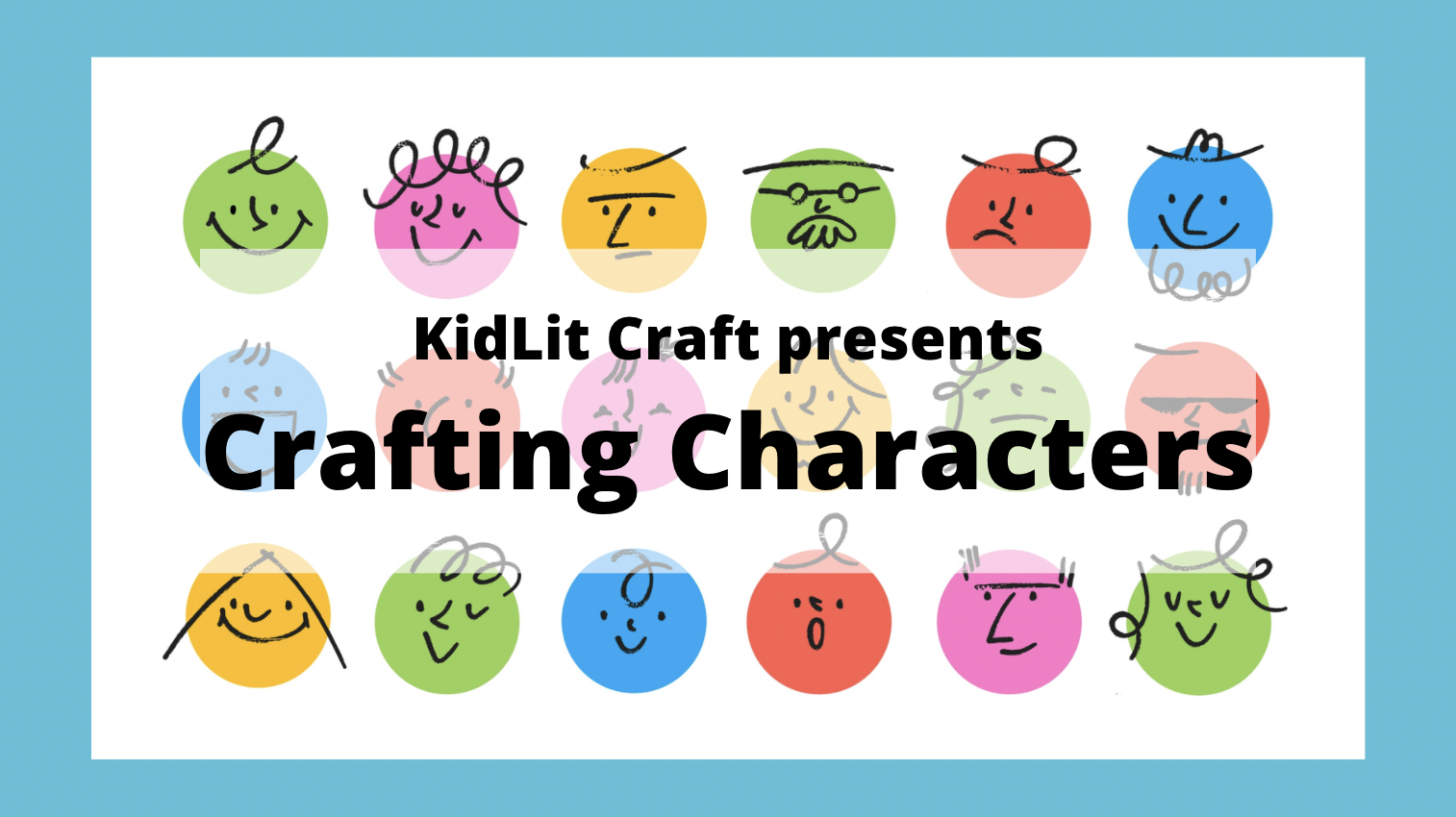
It’s CRAFTING CHARACTERS post number 5! Today we’ve got something for everyone–working from the outside in, and special tips for getting to know your non-fiction characters. Whether it’s asking “what if”? or interrogating a character’s economic circumstances, whether diving into research or interviewing a real live person, in this post you’ll find wisdom for taking your characters–both fictional and real–to the next level.
Filed in:
READ POST

It’s our fourth installment of our CRAFTING CHARACTERS series, and today, we check in with writers who work their characters out on the page as they draft. Some of these authors do use some freewriting techniques, but usually after they’ve seen their character in action on the page, or during the revision process. Read on for some excellent insights!
READ POST
Filed in:

In our third post of Crafting Characters, our authors and contributors share how they connect with their character’s traits–whether through pulling from their own personalities, using tarot cards, or looking for opportunities for opposition. Read on to find out their strategies.
READ POST
Filed in:

Welcome to our second post in our Crafting Characters series. For some people, working out character before putting pen to paper is the best way forward. Others have characters show up nearly fully formed, or at least with enough substance to have something to say. Those people often make efforts to listen to their characters–whether through freewriting, through scenes, or through meditative daydreaming. These authors and our contributors share their favorite ways to develop their characters. Read on for some mindful strategies for uncovering character and letting the characters speak.
READ POST
Filed in:
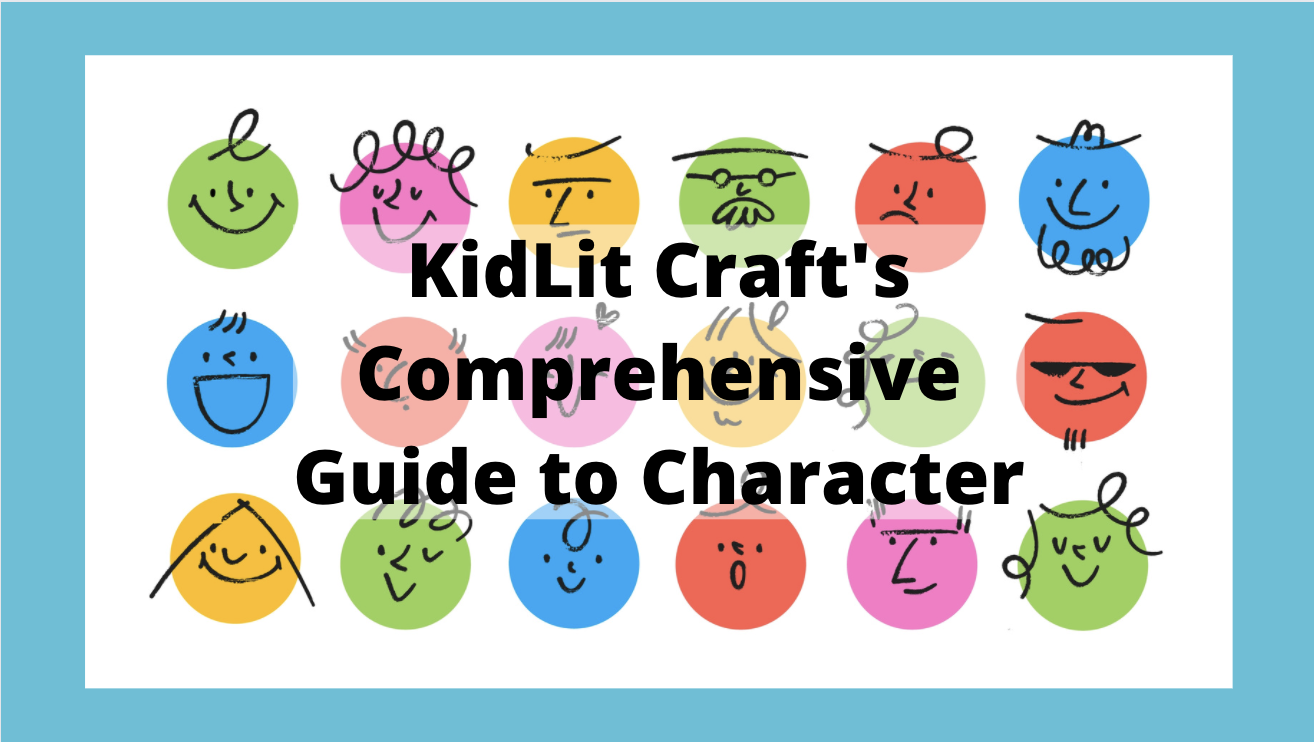
Looking at voice, interiority, internal arc, character relationships, and more, our writers have analyzed mentor texts in all categories to discover strategies for creating characters that leap off the page and into readers’ hearts. This list is one you can return to over and over to find just the post you need in the moment.
READ POST
Filed in:
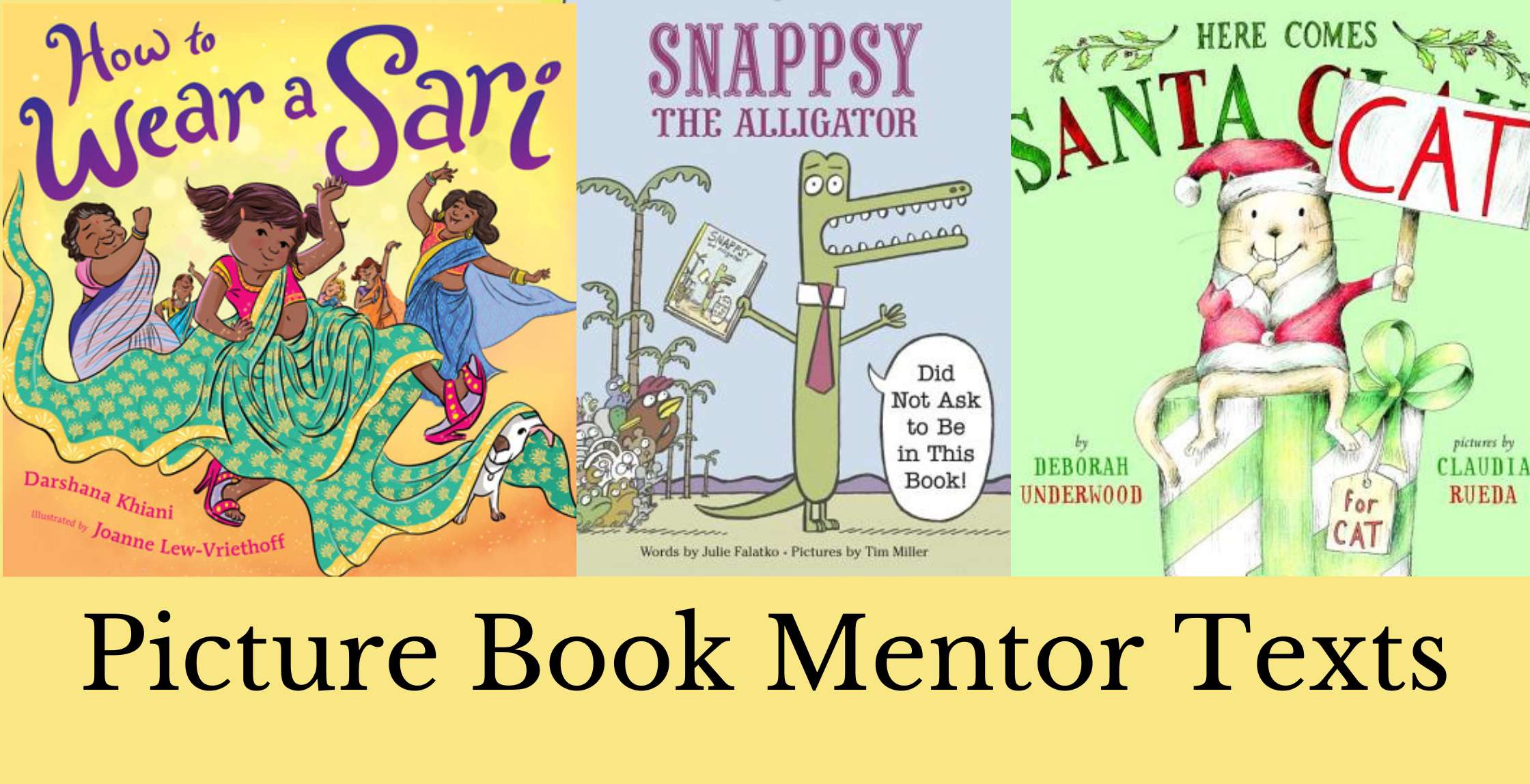
HOW TO WEAR A SARI is a charming how-to guide for wearing a colorful, twinkly, silky sari. It’s also a great mentor text for how to write an excellent picture book in 2nd person.
READ POST
Filed in:
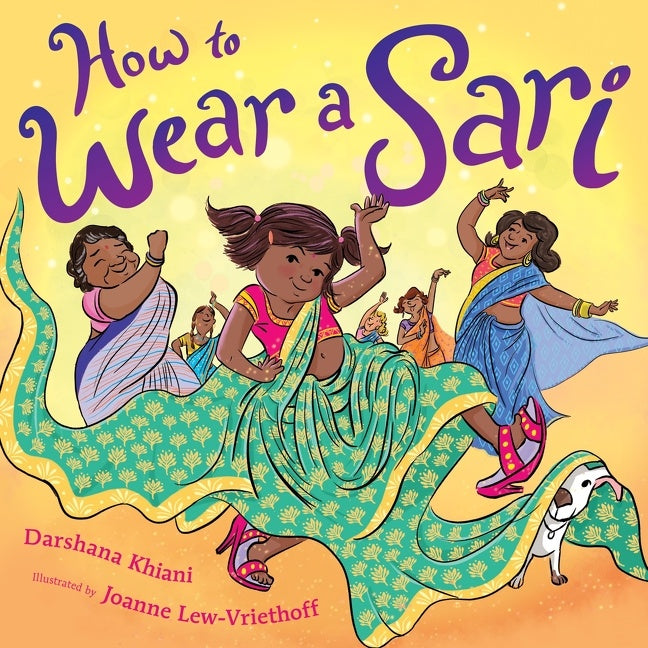
Follow your curiosity. Write and draw what you like. Know there are no set rules but it is important to understand the current book market. Picture book writing is all about how strong the concept is and then how well it is executed.
READ POST
Filed in:

Some great stories make use of what Melanie Jacobson calls the emotional antagonist. The emotional antagonist is on the protagonist’s side, but the protagonist doesn’t have their approval or support.Jacobson believes emotional antagonist can be a powerful addition to a book because it gives a story an extra satisfying ending–a resolution with the emotional antagonist. We can see the emotional antagonist in action in Eddie the Eagle (2015).
READ POST
Filed in:

Margaret Chiu Greanias’s new picture book, Amah Faraway, illustrated by Tracy Subisak, matches the reverso form with the story of a girl and her grandmother who begin worlds apart (one in the US and one in Taiwan) in a way that enriches both the story and the form.
READ POST
Filed in:
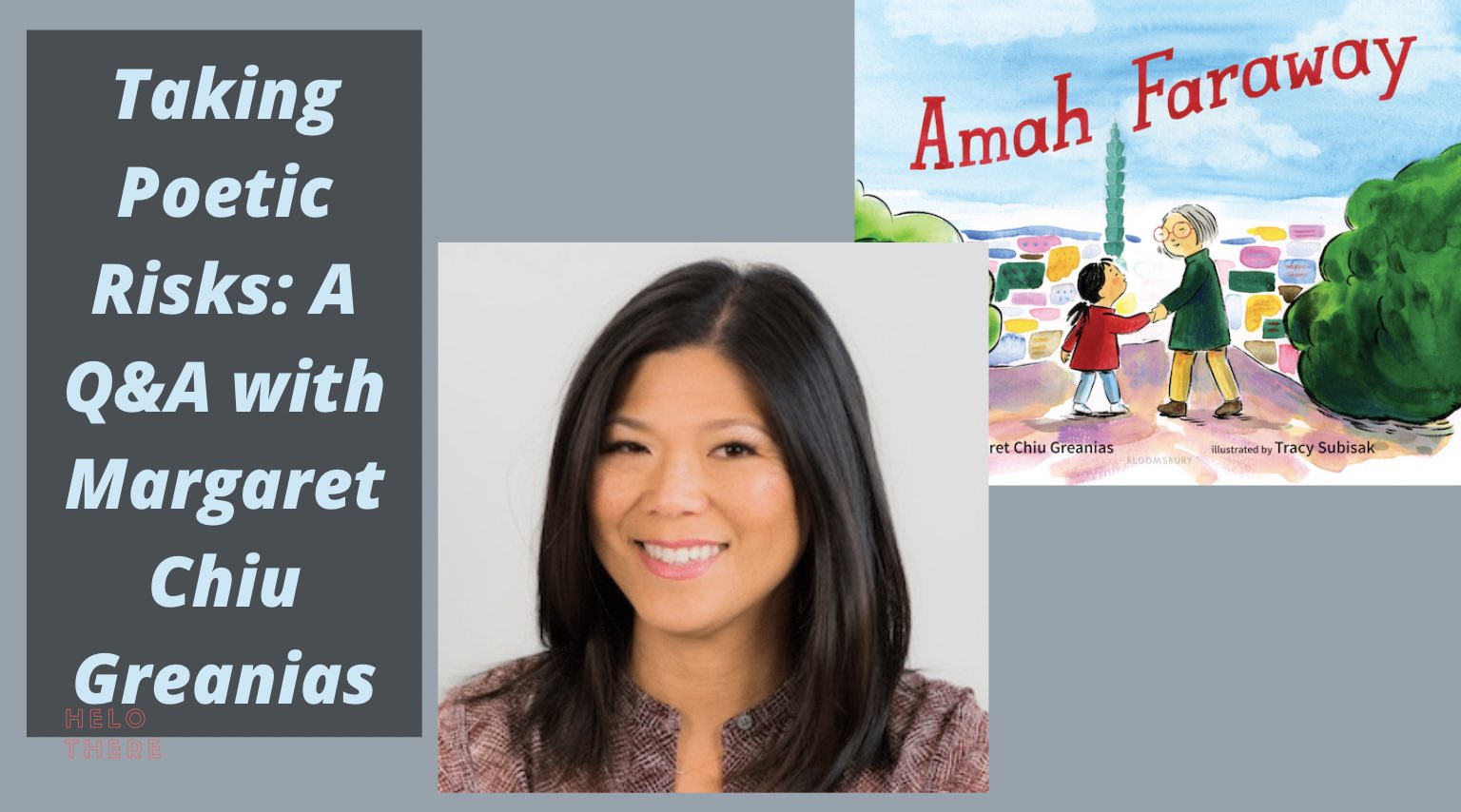
Since I began writing picture books, I’ve longed to tell the story of my relationship with my Amah (grandmother, in Taiwanese). Even though we saw each other infrequently, I adored her. But like Kylie, my main character in Amah Faraway, I always felt a bit shy at the start of our visits–due to my own cautious nature, the distance, language barrier, and cultural differences.